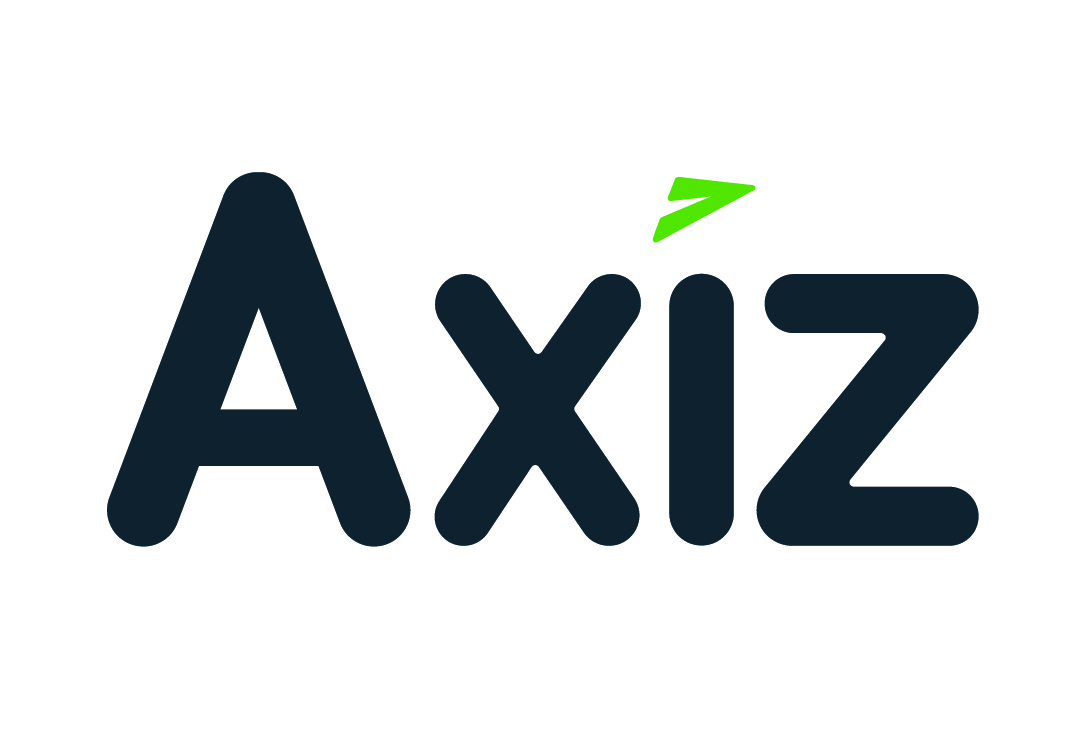Gartner's hype cycle for artificial intelligence (AI) paints an interesting picture. Speech recognition and GPU chips for AI are the only two AI technologies that have moved past the dreaded trough of disillusionment. Every other instance, from autonomous cars to robotic process automation, still lags in terms of mature adoption.
But other such Gartner charts represent longer cycles. The speed behind AI development and adoption means that many of these instances will leap forward in a few years, if not in a matter of months. Many are being broadly adopted regardless of their hype position.
There is a deep appetite for AI driving this. Yet there is also reluctance, fuelled by the belief that AI is not for everyone.
Most decision-makers still think of AI as a future technology, only available through expensive and nuanced breakthroughs such as self-driving vehicles. It's a perception that professionals encounter, and counter, every day.
"A lot of businesses think AI isn't for them," says Bradley McCulloch, Business Head: Advanced Technologies at Axiz. "But there's a lot more AI than they think. Practical AI is already big in marketing, re-marketing, production, IT, sales and HR. When you look at it a little broader, there is a lot, and much of it is commercial."
Consumer examples of AI are easy to spot. Smart speakers, another AI technology yet to progress past Gartner's trough of disillusionment, is nonetheless redefining the smart home. Practically all of us use mapping and driving apps that are powered by AI.
Business examples are also there if you look for them. Robotic process automation (RPA) is perhaps not strictly AI, but is often included in the same bracket. The growing fame of chatbots is another, more appropriate example.
AI becomes a viable and attainable goal when you weigh up what it can do, says McCulloch: "If you think about it hard enough, you'll find an AI solution for just about anything. It's about what you want to go for and not."
You are already ready for AI
AI is often in the background, retrieving information and helping with information interpretation. Indeed, a holy grail of current AI development is to achieve better results through smaller data sets; currently, AI requires a lot of data to behave usefully. Fortunately, this is something all companies sit on. Their operations, assets and employees generate information that could be applied to different circumstances.
The shortest connection between a company and AI is to ask: What data is available and how can it make a difference? For example, a marketing team can use AI to find purchase patterns and create opportunities for cross-selling and upselling. In contrast, a manufacturer can use AI for preventative maintenance. These are achievable using data already owned by the organisation.
"An AI can spot patterns," says McCulloch. "If these three things happen, then this fault happens. So if two of the three are happening, there's a possibility that the third could happen. This doesn't need to be elaborate: the AI is just using the data that's out there to spot such trends. But it can spot complex and obscured trends."
So a company has the data. But what about the cost? Isn't AI an expensive investment? This question has scared away many potential AI users, who assume that all AI results from big-bang projects. This perception is inaccurate: AI manifests in many different guises, often hidden inside other products that don't explicitly charge more as a result. Cloud services have made it even easier and more affordable to access AI technologies, often through rental or consumption billing models.
The context of the AI project dictates cost and what it needs to achieve, says McCulloch: "If you wanted to do an AI solution for a production plant that hasn't been done before, I think it will be pricey. But if you want to use a chatbot, you could have it today."
The first steps for AI
Do you need AI? It isn't a simple question to answer. AI can play so many different roles in a business that it's hard to think of an organisation that won't benefit from it. However, this doesn't magically make AI fit in with your operations. McCulloch suggests that companies ask some rhetorical questions about their intent: "Is it something that we have to do as part of our digital transformation or change, or how we interact with our customers? Is it something we're doing to generate another revenue stream, and we're going to use it to help the company make money?"
He explains that you can use AI to improve customer service in several ways. It would be very important to a hotel, and as such clearer to articulate, motivate and measure. But while a factory may also care about customer service, it isn't nearly as high a priority. Yet advanced scheduling or predictive maintenance can create measurable benefits quickly.
"Take it piece by piece; there are small, cost-effective solutions to start from," says McCulloch. "AI is an opportunity to support your staff and help improve their performance. There are commercial possibilities that can be explored there, solutions that are already in the market: enterprise-grade but still affordable. Some of these already exist in solutions that companies use.
"If you look past the idea that AI is expensive, elaborate and difficult, a lot of potential becomes available. Not every AI project has to be a massive endeavour. But each one has the chance to be a game changer."
Share
